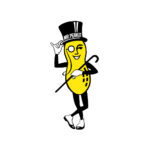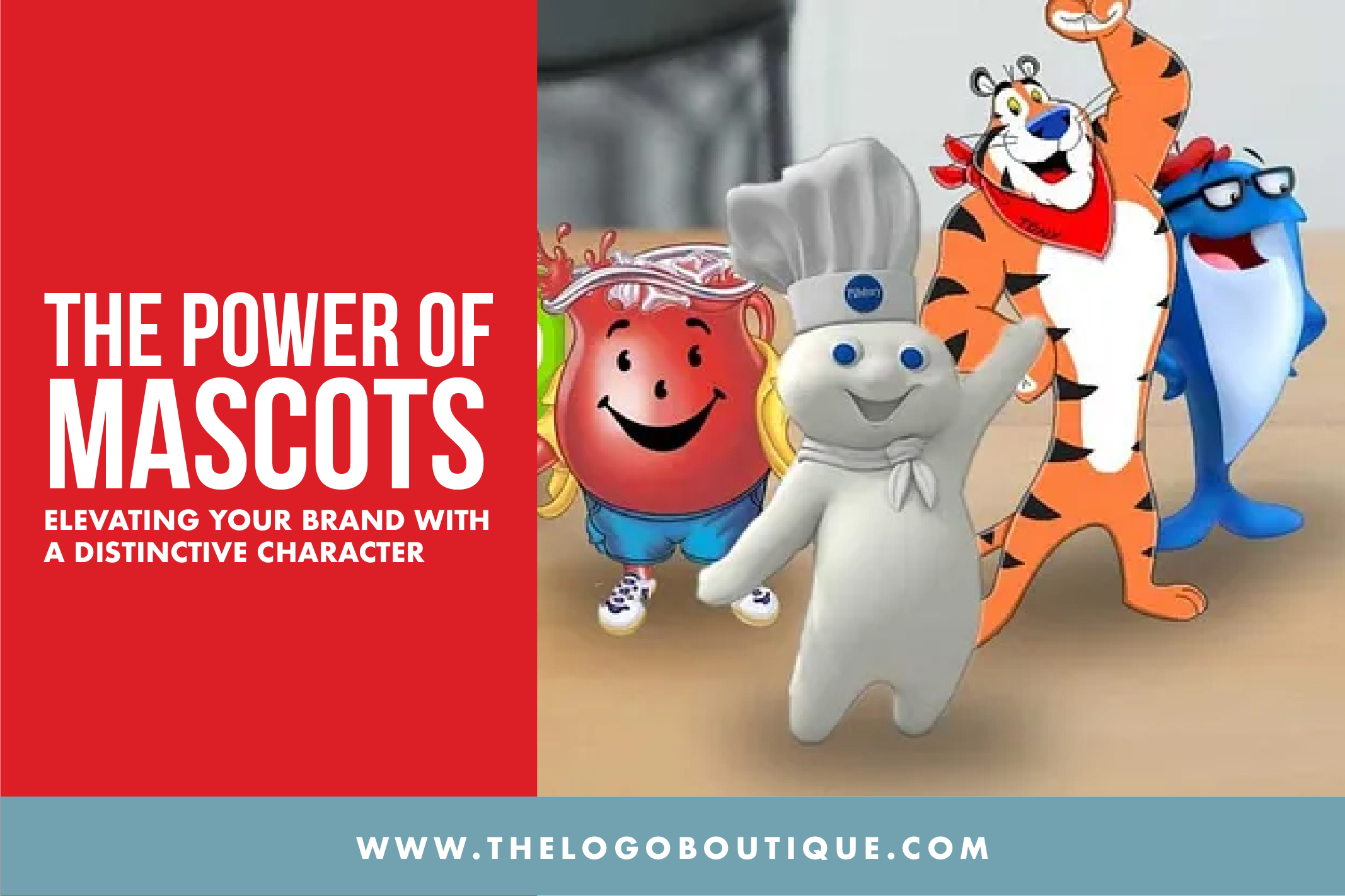
1. Brand Recognition:
A mascot serves as the visual ambassador of your brand, giving your audience a recognizable and relatable face to associate with your products or services. Just think about Mr. Peanut, the suave and sophisticated mascot of Planters Peanuts. Over the years, this top-hat-wearing, cane-carrying legume has become synonymous with the brand and is instantly identifiable, even without the company’s name being present.

2. Emotional Connection:
One of the most compelling aspects of a mascot is its ability to evoke emotions and create a sense of connection with consumers. The Pillsbury Doughboy, with his endearing giggle and playful demeanor, has captured the hearts of people worldwide, making them feel warm and nostalgic every time they see him. This emotional attachment can foster brand loyalty and encourage repeat business.

3. Storytelling:
Mascots can also be used to tell your brand’s story in a fun and engaging way. Take the Michelin Man, for example. Initially created to illustrate the durability of Michelin tires, this friendly, tire-shaped character evolved over time to represent safety and dependability. By personifying these values, the Michelin Man has effectively communicated the essence of the brand to consumers.

4. Versatility:
A well-designed mascot has the advantage of being versatile in its applications. It can be used across various marketing channels, from packaging and advertising to social media and events. Ronald McDonald, the iconic face of McDonald’s, is a prime example of this adaptability. Whether you see him in a TV commercial, on a billboard, or interacting with children at a charity event, his presence is consistently impactful.

5. Brand Personality:
Incorporating a mascot allows your brand to showcase a distinct personality and differentiate itself from competitors. The Gecko from GEICO Insurance has achieved this brilliantly. With his witty charm and humorous antics, the Gecko has helped GEICO establish a unique brand voice and stand out in the insurance industry, which is often associated with serious and complex concepts.

6. Targeting Younger Audiences:
Mascots are especially effective when targeting younger demographics. They appeal to children and the young at heart, making your brand more approachable and memorable. Tony the Tiger, the iconic mascot of Kellogg’s Frosted Flakes, has been a beloved figure for generations, and his infectious catchphrase, “They’re grrreat!” has become a household phrase.

7. Longevity:
A well-crafted mascot can stand the test of time, becoming an enduring symbol of your brand’s legacy. The Coca-Cola polar bears are a prime example. Since their introduction in 1993, these cuddly creatures have graced numerous holiday campaigns, forging a strong association between Coca-Cola and the joy of the festive season.
In conclusion, the importance of building a mascot for a brand cannot be underestimated. By providing a recognizable face, fostering emotional connections, telling your brand’s story, showcasing a unique personality, and targeting specific demographics, mascots can elevate your brand to new heights. They create lasting impressions and leave a lasting impact on consumers, making your brand memorable and increasing customer loyalty. As you embark on the journey of branding, consider the lessons from the iconic mascots that have captured the world’s imagination, and let your mascot become the face of your brand’s success.


 Team of Graphic Designers
Team of Graphic Designers Team of Graphic Designers
Team of Graphic Designers

